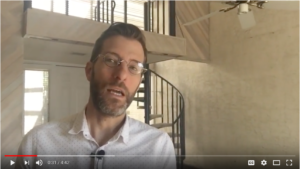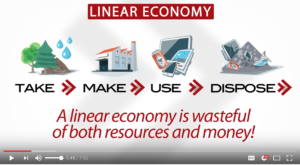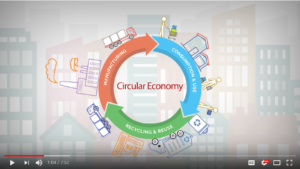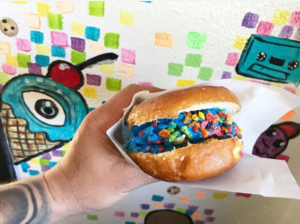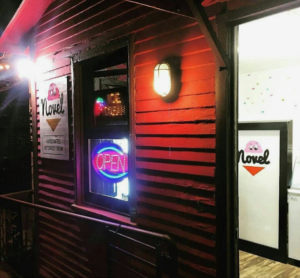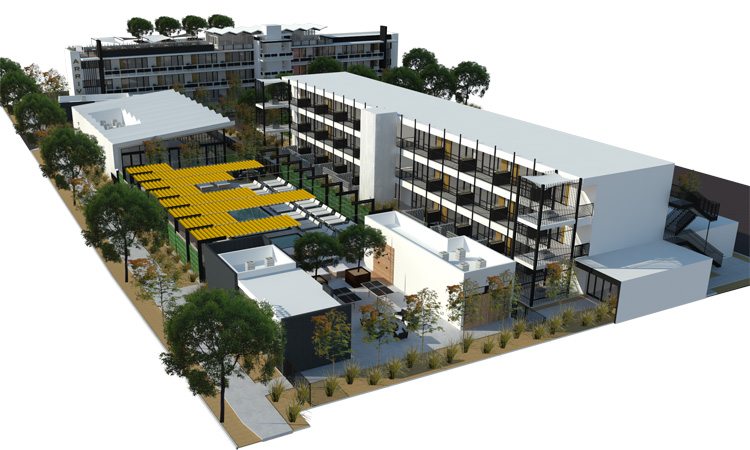 I’ve been driving by the old building at about 2nd Ave and Camelback for years and I was never sure what it was. Was it a hotel? Was it an office? Well, its going to be Arrive Phoenix, by Vintage Partners, who are well known for the redevelopment efforts at Uptown Plaza.
I’ve been driving by the old building at about 2nd Ave and Camelback for years and I was never sure what it was. Was it a hotel? Was it an office? Well, its going to be Arrive Phoenix, by Vintage Partners, who are well known for the redevelopment efforts at Uptown Plaza.
The plan, according to this article, is to build a stylish boutique hotel and dining destination. It is nice to see that the developers (from California) teamed up with the developers of The Newton, Windsor and Churn, and The Orchard, Venue Projects.
The $20M project is another testimony to the importance of adaptive re-use. I’m a fan of adaptive re-use over new-build because renovating an old building is about 90% more earth friendly than building a completely new building. We need more of that these days. Congrats, Arrive Phoenix!
According to the article, Arrive Phoenix will “combine both buildings into a singular and striking 79-room property. Arrive Phoenix will also host a boutique coffee shop, a poolside taco bar, a gourmet ice creamery, and a nautical-themed rooftop craft cocktail bar featuring sweeping 360-degree city views.
Did you catch that bit about the gourmet ice creamery? I guess that means we will have three ice cream shops in a 1/2 mile radius, unless they move Churn in here.
This development speaks again to where the central Phoenix housing market is going. If you are living in the area of this development, you are doing to be in a good place in the long-run.
Now, let’s see if we can find some space for more owner-occupied properties in walking distance to this development. As we say, its not just about in-fill. Its also about walkability.
If you are thinking of moving in to the area, call us quickly at 602-456-9388, and prices will probably go up once this gets in place.


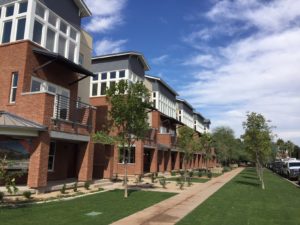

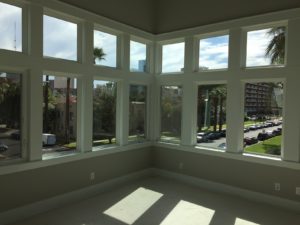
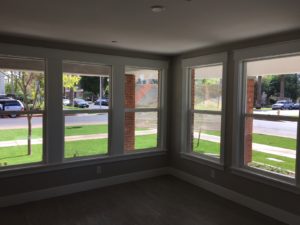

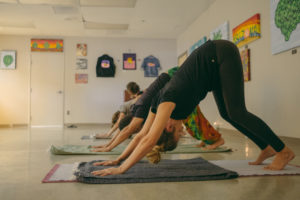
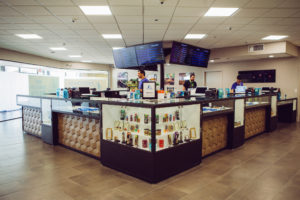
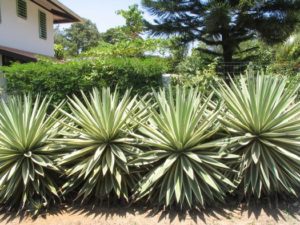


 In reality, its a pretty cool idea. Individuals, organizations and sometimes governments use temporary materials to transform specific urban areas as a way to show how spaces could be improved positively for the long-term. A very informative website on
In reality, its a pretty cool idea. Individuals, organizations and sometimes governments use temporary materials to transform specific urban areas as a way to show how spaces could be improved positively for the long-term. A very informative website on 

